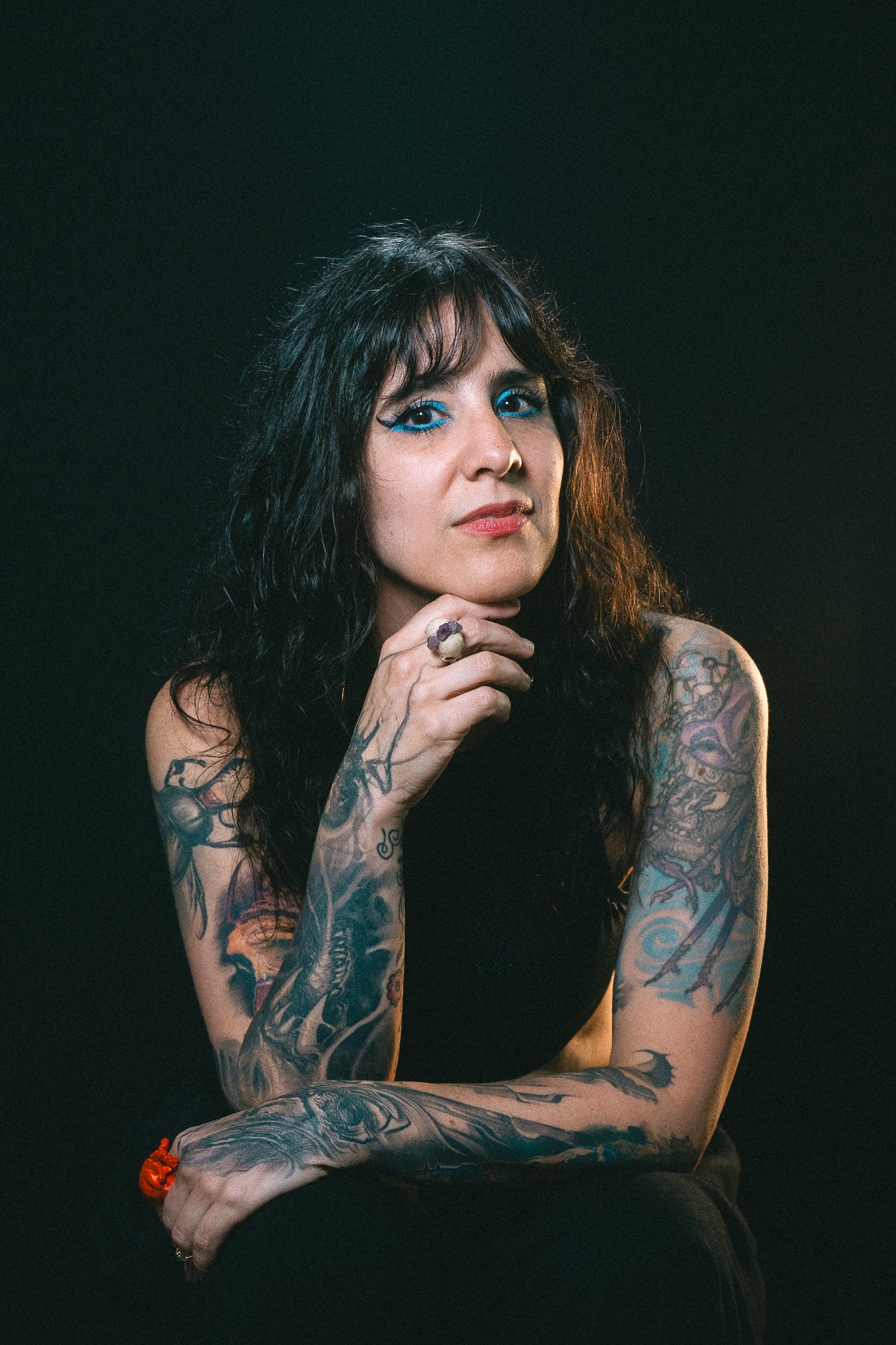We recently connected with Nyahzul Blanco and have shared our conversation below.
Alright, Nyahzul thanks for taking the time to share your stories and insights with us today. How did you learn to do what you do? Knowing what you know now, what could you have done to speed up your learning process? What skills do you think were most essential? What obstacles stood in the way of learning more?
How did you learn to do what you do?
I started with a two-year apprenticeship, which really laid the groundwork for everything. Since then, I’ve kept learning through tattoo seminars, art courses, and by attending conventions. Outside of that, I spend a lot of time drawing and painting—those practices constantly feed into and improve my tattoo work.
Knowing what you know now, what could you have done to speed up your learning process?
It honestly took me a long time to trust myself. I don’t know if there’s a true shortcut for that,
but I think being kinder to myself when I made mistakes would’ve helped. Instead of getting stuck dwelling on what I did wrong—which I definitely did—I wish I had focused more on learning from those moments and moving forward.
What skills do you think were most essential?
Discipline and patience are huge. You also need to be really observant and have a strong foundation in drawing. Understanding line weight, color theory, and how light and shadow work is key to developing your own style.
What obstacles stood in the way of learning more?
The biggest obstacle was definitely myself. I was extremely critical of any mistakes I made, which created a lot of anxiety and, ironically, led to more mistakes. I struggled with confidence and spent too much time comparing myself to other artists, which wasn’t helpful at all—everyone has their own path. Social media has also become a challenge. The pressure to constantly post and create content can take away from the creative process and sometimes feels pretty draining.
All in all there’s no manual for becoming an artist—and no one’s path is clean or easy but that struggle is also where the magic happens. Growth isn’t always loud. Sometimes, it’s just showing up, doing the work, and tuning out the noise—even when the world (or your own head) gets in the way.
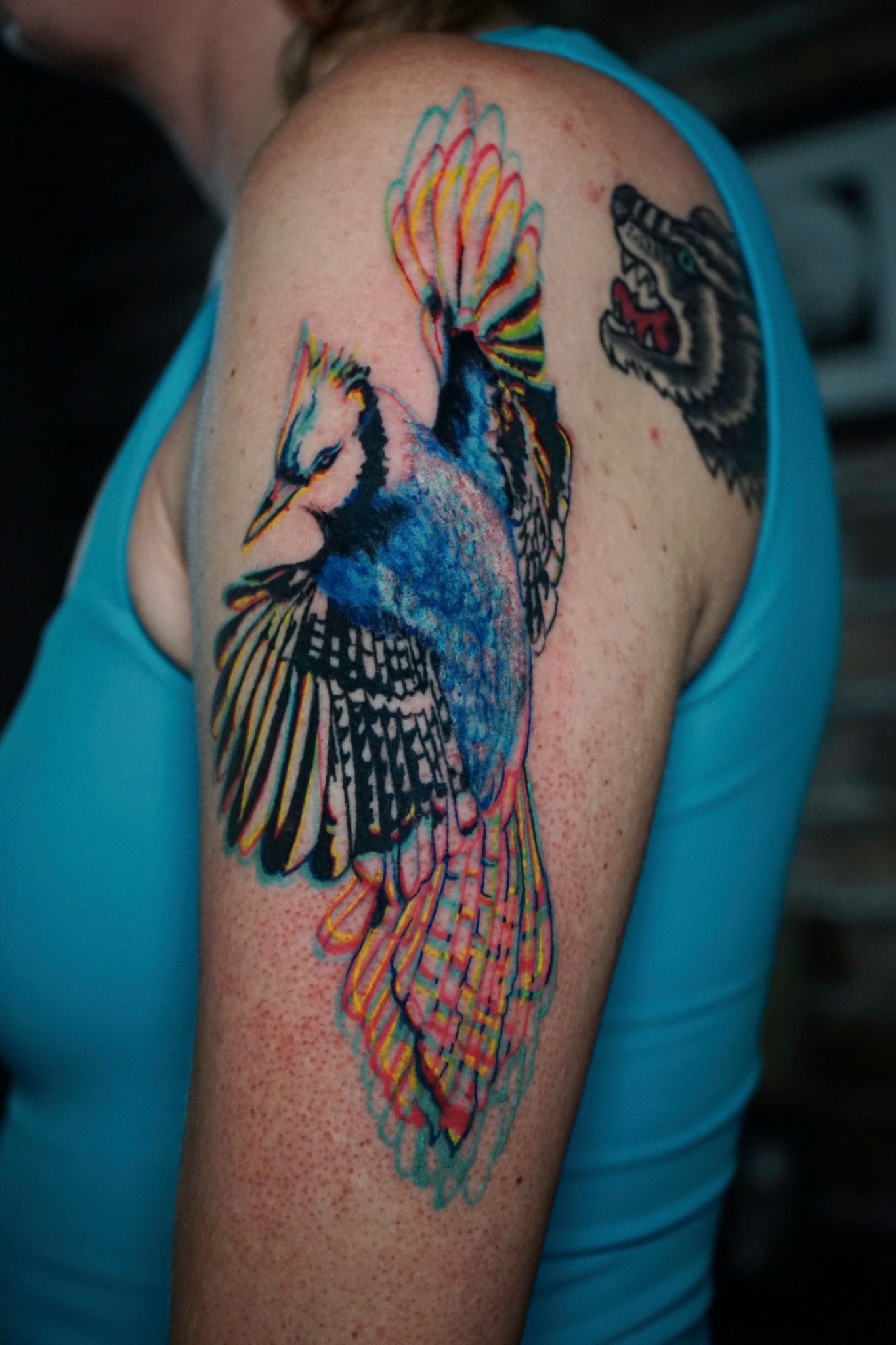
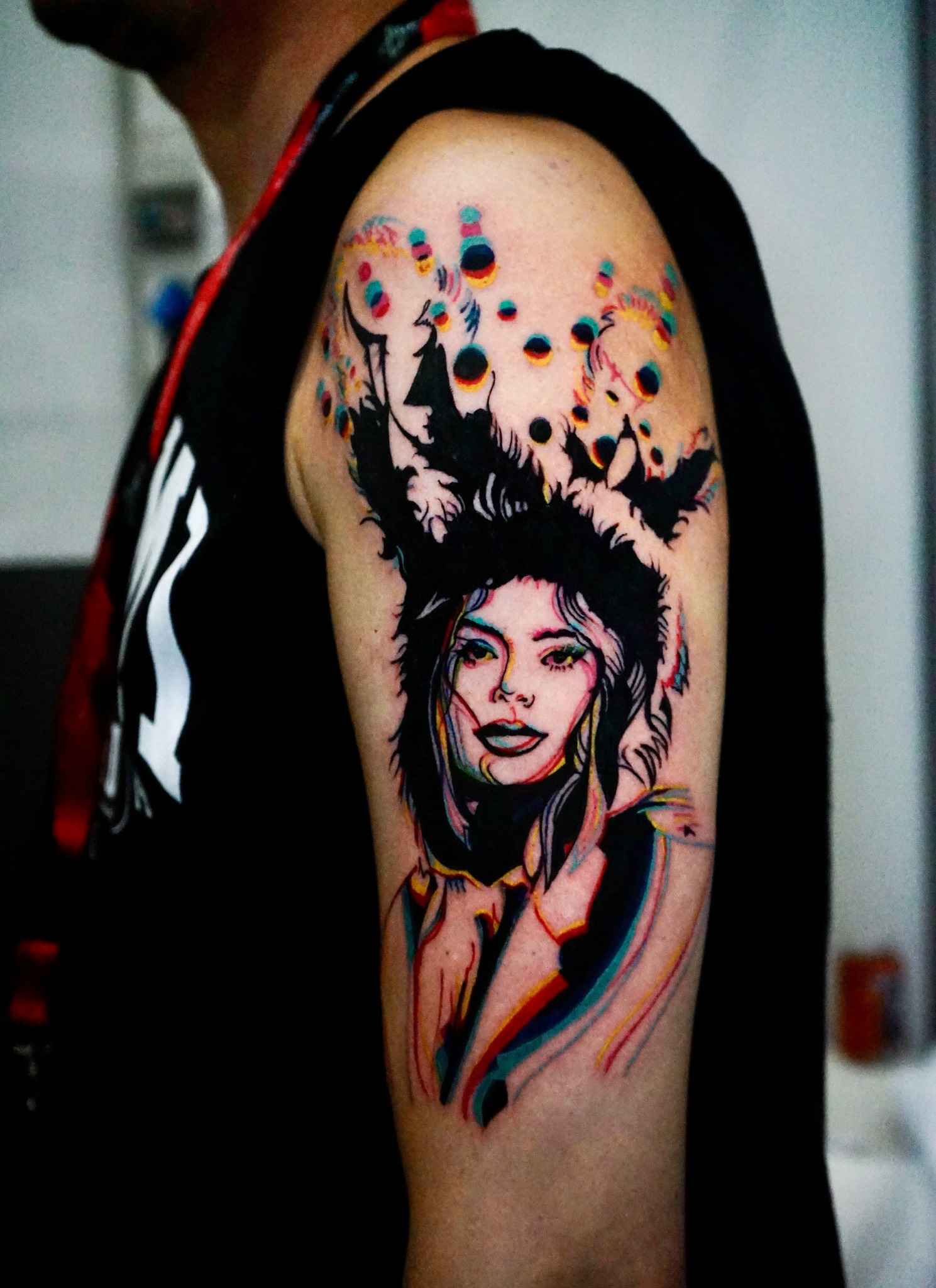
As always, we appreciate you sharing your insights and we’ve got a few more questions for you, but before we get to all of that can you take a minute to introduce yourself and give our readers some of your back background and context?
about yourself—how you got into your industry, discipline, or craft.
I’m a multidisciplinary artist, born in Bogotá, Colombia and currently based in Brooklyn, NY. I’ve been tattooing professionally for the past six years, and exhibiting my artwork for over a decade across cities like Los Angeles, Orlando, Detroit, New York, Las Vegas, and my hometown of Bogotá. My personal work explores magical, romantic, and often surreal narratives that dive deep into themes of femininity, duality, and the balance between darkness and light.
From 2011 to 2016, I was Associate Director of Rabbithole Studio in Brooklyn, where I curated over 100 shows. I also co-founded Fakelore and worked as Art Director on the award-winning stop-motion short Pecos Bill, as well as the second installment in the fables-and-legends series, Madremonte.
In 2016, I began a life-changing apprenticeship at Last Rites Tattoo in Manhattan under the legendary Paul Booth. I was there for two years and have continued to grow as a tattoo artist ever since. I currently tattoo at White Rabbit Tattoo in Manhattan and at 1983 Art Studio in Brooklyn.
In addition to my art practice, I founded Trade Mode Life—a platform for bartering art for goods and services. We’re now developing a web app, a space where artists and collectors can exchange art outside of traditional transactional systems.
what type of products/services/creative works you provide
I specialize in glitch and illustrative tattoos, often blending surrealism, symbolism, and storytelling in my designs. I also sell original drawings and paintings, some reflect the same visual language and themes found in my tattoo work.
what problems you solve for your clients and/or what you think sets you apart from others.
People come to me when they want more than just a tattoo—they’re looking for something meaningful, something personal, something permanent. They trust me to interpret their vision and translate it into my unique style. It’s a collaborative process rooted in mutual trust and creativity.
I always start with a consultation, where I take the time to understand what my client wants to express. From there, I dive into finding imagery that reflects their story. For larger pieces, I typically spend 4 to 8 hours just on the design, because I want the final result to feel deeply connected to them—not just visually, but emotionally.
I’m also honest about what I can and can’t do. If I don’t think I’m the right fit for a project, I’ll refer someone who is. Tattooing is an energy exchange, and I do everything I can to make sure that space is one of trust, care, and comfort.
What are you most proud of?
I’m proud that I didn’t quit when self-doubt crept in. I’m proud of learning to give myself grace, to keep showing up even on the days when nothing flows. Growth isn’t always glamorous—some days feel like a grind, others feel soul-nourishing—but it all counts. It’s all part of what it means to keep evolving as an artist and as a human.
What are the main things you want potential clients/followers/fans to know about you/your brand/your work/ etc.
I want people to know that my work is personal—whether it’s a tattoo, a drawing, or a painting, it comes from a place of deep care and intention. I don’t see tattooing as just a service; it’s an energy exchange, a collaboration, and often an emotional process. My style is very specific, and the people who come to me usually already resonate with it, they’re looking for a piece of art that speaks to who they are.
I also want people to know that I value trust, honesty, and connection. I take my time with each piece because I want it to feel right for both of us. If I’m not the best fit for your vision, I’ll say so. If we are aligned, I’ll put everything into creating something you’ll feel proud to wear.
Beyond tattooing, my practice extends into painting, drawing, storytelling, and building creative spaces like Trade Mode Life, which challenges how we value and exchange art. I’m building something that feels meaningful not just for me, but for my community too.
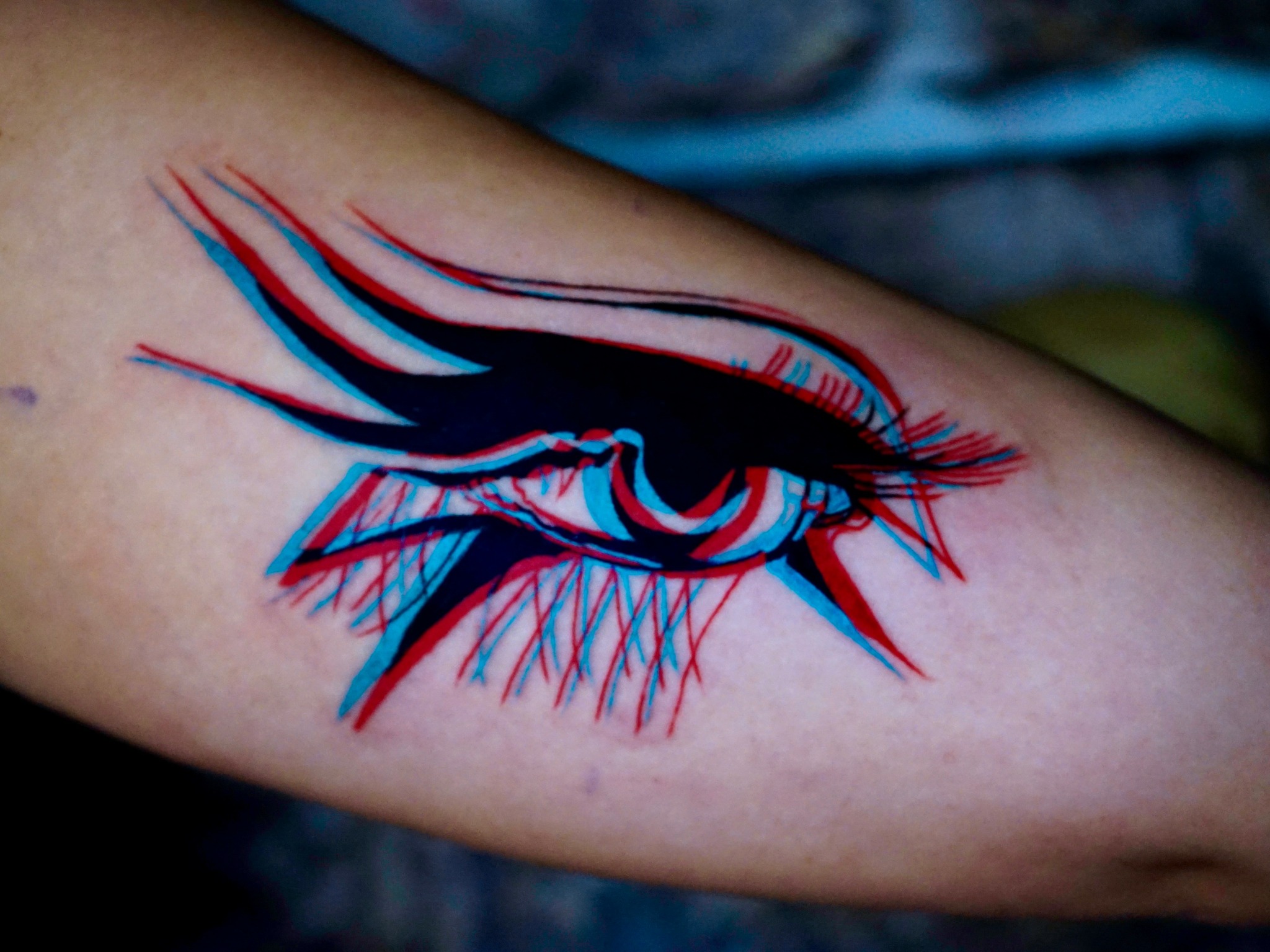
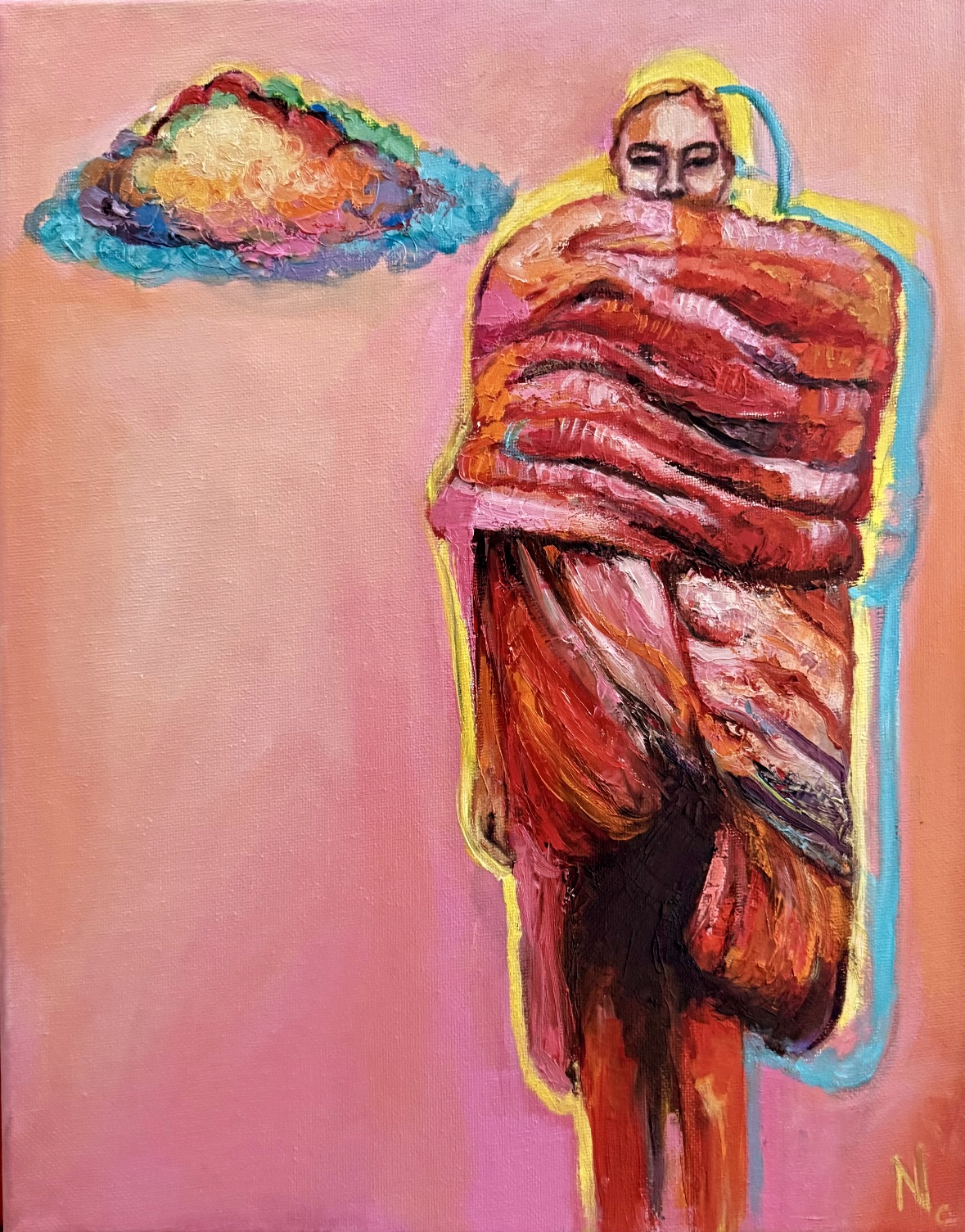
Is there mission driving your creative journey?
My goal is to create work that feels timeless, something that carries my story beyond my lifetime. Through tattoos, fine art, and community projects like Trade Mode Life, my mission is to bring my highest creative expression into the world. At its core, my work is about building connection—between people, ideas, and the deeper parts of ourselves—through a life lived for art.
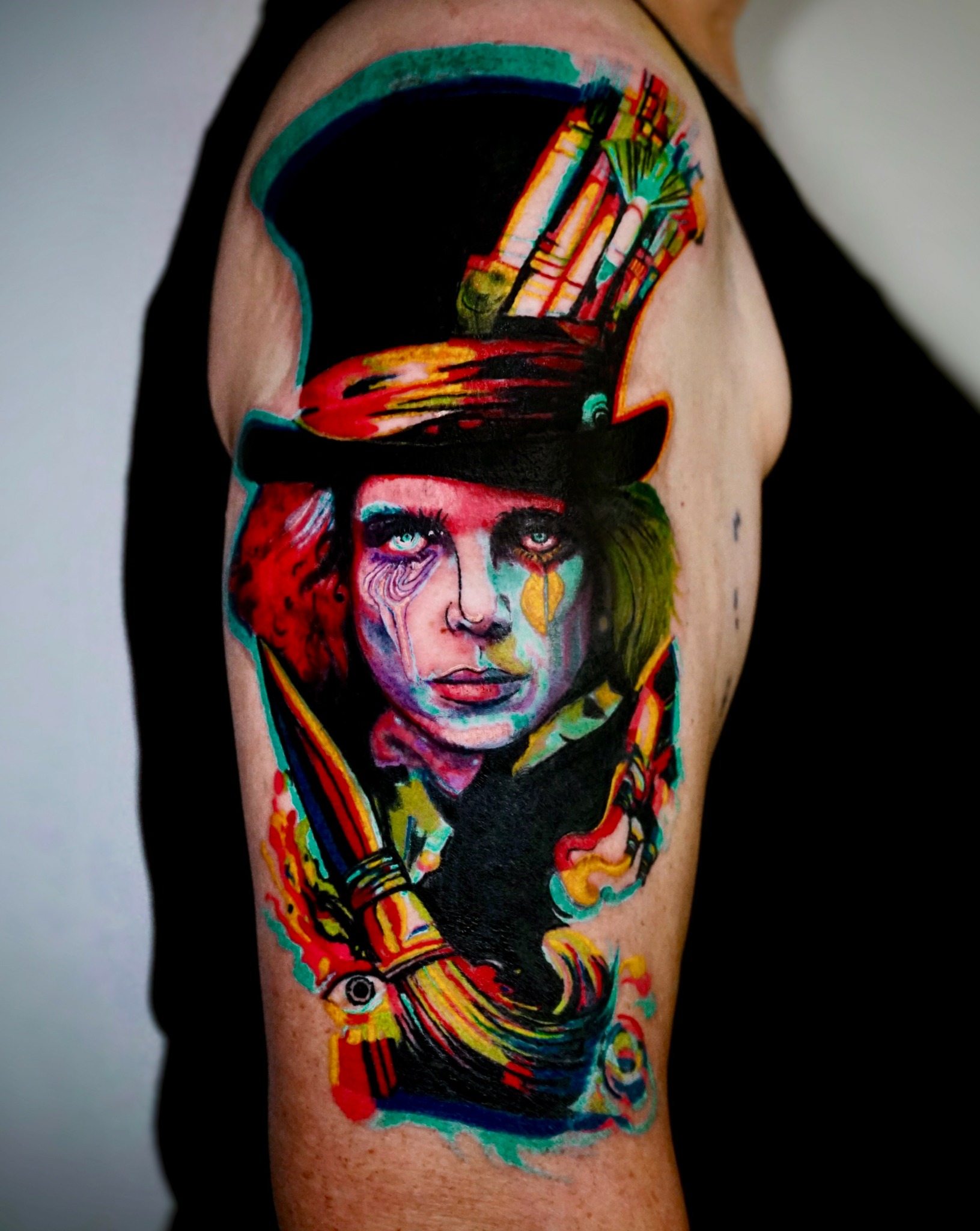
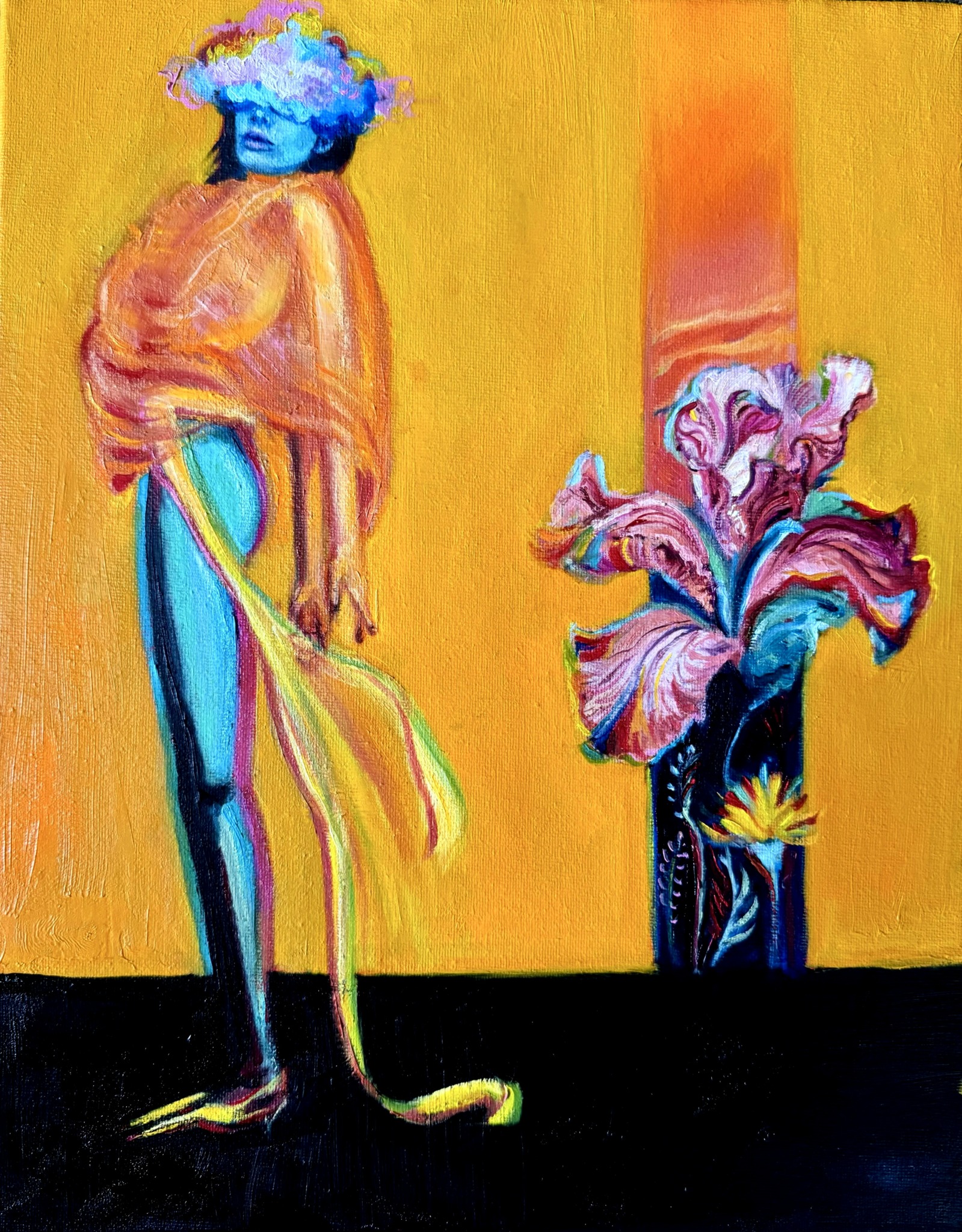
In your view, what can society to do to best support artists, creatives and a thriving creative ecosystem?
Artists often face systemic undervaluing, and that can start with self-doubt. Choosing an artistic path means choosing uncertainty, and often sacrificing comfort for authenticity. But artists are essential. We’re memory keepers, emotional translators, and cultural storytellers. Art is not a luxury—it’s how we reflect, feel, and evolve as a society.
To truly support artists, there needs to be more open dialogue about the value of creative work—how much time, emotion, and skill it takes to produce it. Pricing shouldn’t be taboo, and collecting art shouldn’t be reserved for a privileged few. That’s part of why I created Trade Mode Life—a platform that reimagines how art is shared, using a modern barter system to connect artists and collectors. It’s a way to build a more inclusive, sustainable creative economy—one that honors both the work and the people behind it.
Contact Info:
- Website: https://nyahzulart.com
- Instagram: @nyahzul
- Linkedin: https://www.linkedin.com/in/nyahzul-c-blanco-5a789b18/
- Twitter: @nyahzul
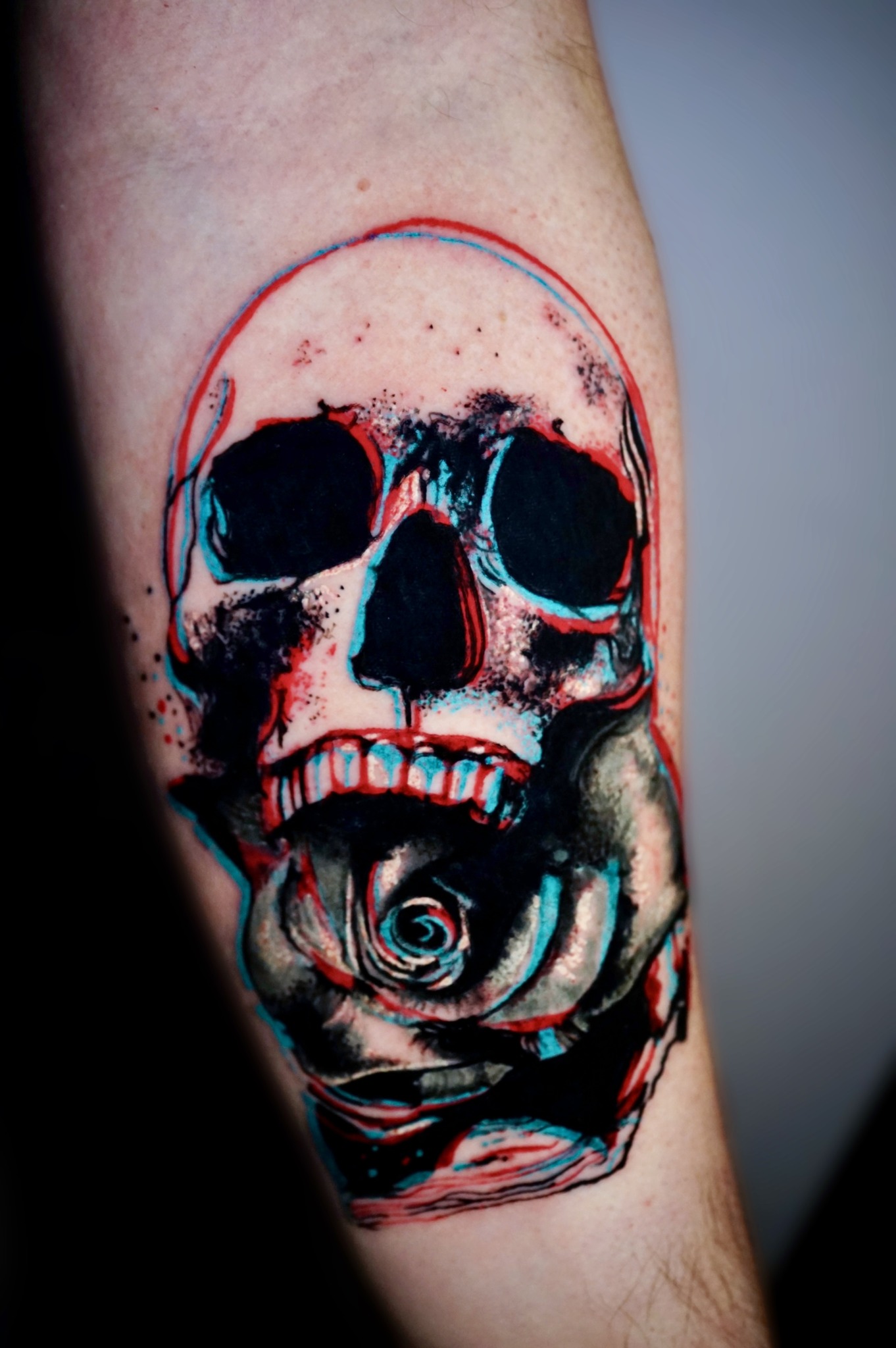
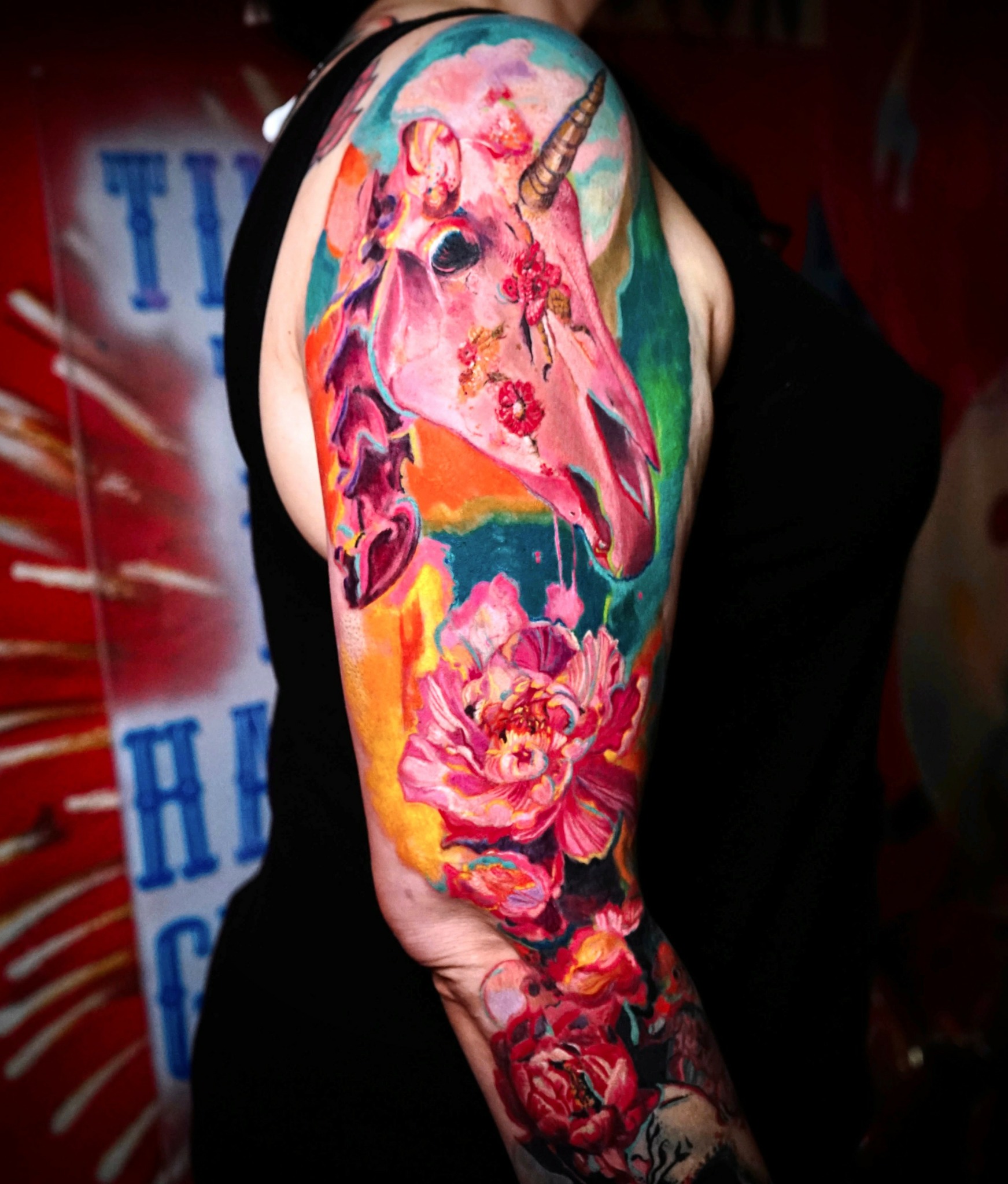
Image Credits
My picture by: Mario Orlando | Modoshoot


